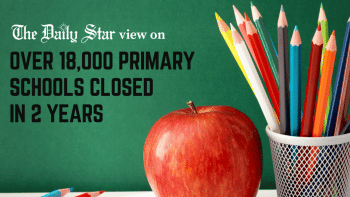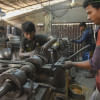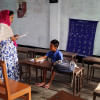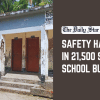Rural primary schools are falling behind

It is disconcerting to see the deteriorating state of many primary schools in rural Bangladesh. Two studies recently unveiled by the Centre for Policy Dialogue (CPD) have brought this issue to the fore by highlighting the lack of learning facilities in Thakurgaon and Nilphamari. Apparently, there are no libraries at nine out of 10 primary schools in Nilphamari and seven out of 10 schools in Thakurgaon. And only 17 percent of students in Thakurgaon and 26 percent of students in Nilphamari use existing libraries. Moreover, 54 percent of schools in Thakurgaon and 59 percent in Nilphamari lack internet facilities. There are many such details in the study reports that paint a troubling picture of primary education at the district level.
Besides the lack of proper learning tools, many respondents have also complained about not receiving grants since the pandemic or the allocated funds being insufficient. This is hardly shocking, however, given the history of meagre budget allocations for education. The pandemic's effect on the sector has been widespread and well-documented, and as such, we had expected that the budget for FY2023-24 would support the increased need for learning recovery. Yet, as a report shows, the proposed allocation of 1.76 percent of the GDP for education ministries happens to be the lowest in 15 years. With the global median value for expenditure on education being 4.45 percent of GDP, it is disappointing that the government has been skirting around the 2 percent mark for so long.
This is despite the government's own data showing that at least 17.62 lakh students dropped out between 2020 and 2021. Of them, 14.5 lakh were primary school students. Many primary schools have also been closed. Clearly, the primary education system, especially at the district level, needs an overhaul. Why then are our education authorities still neglecting it? If we are to build a knowledge-based society to meet the challenges of the future, we must prioritise primary education and make all resources available for the students. As well as higher budgetary allocations, there must be more qualified teachers, better-equipped classrooms and other necessary facilities to prepare our future leaders.


 For all latest news, follow The Daily Star's Google News channel.
For all latest news, follow The Daily Star's Google News channel. 









Comments